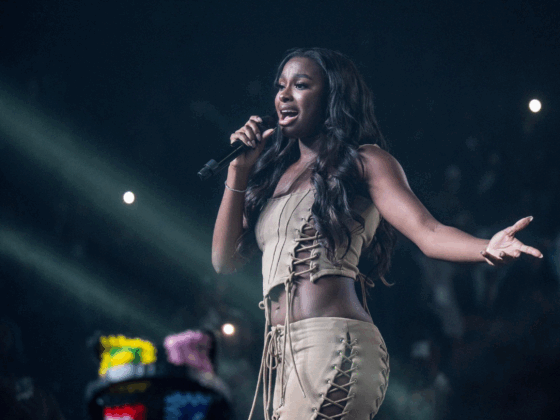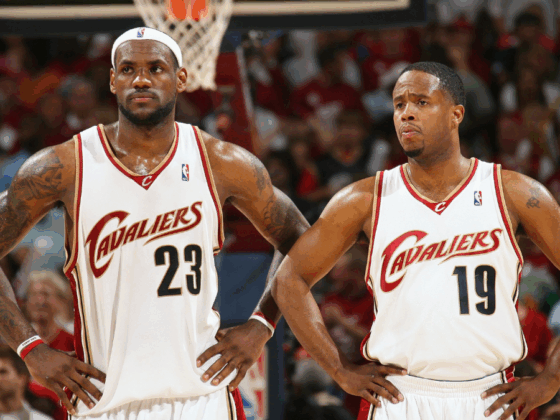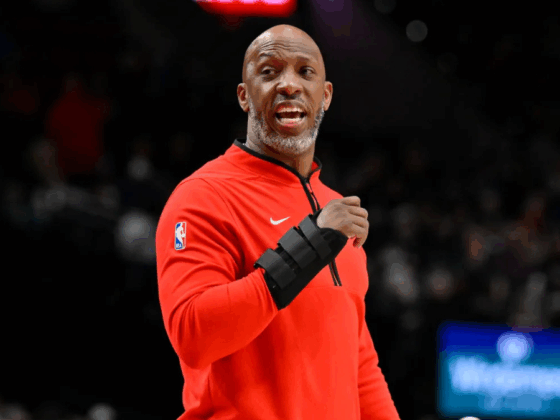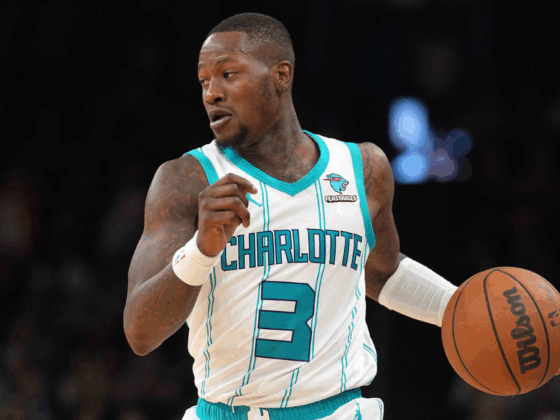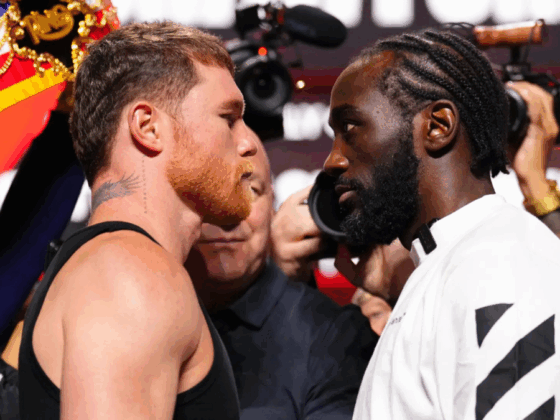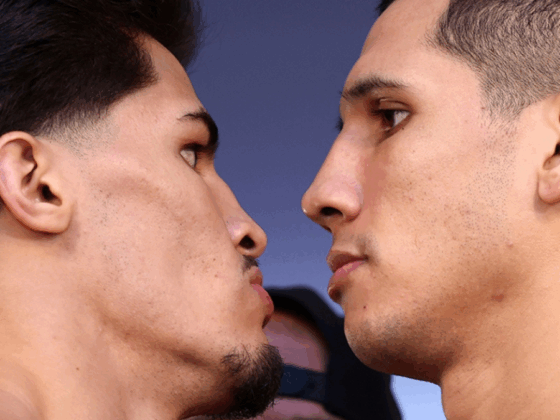
No news in the basketball world has been better than the completion and ratification of a new NBA CBA. Despite some late worries, the league and the players’ association were able to get a deal done to ensure that there will be no lockout this summer.
Now that the CBA is official, beginning at the completion of the league year, it’s important to note some of the major changes from the last iteration as has been reported by some prominent reporters.
Salary Raises for League’s “Middle Class”
There was some worry that with a team of superstars leading the NBPA, the league’s lower level players would get the short end of this deal. But it does not appear that way. The new CBA will tie in multiple contract levels to the rising salary cap. Those who will profit: rookies, veteran minimum players, and those signed to Mid-Level or Bi-Annual Exceptions. The Mid-Level Exceptions are used by teams over the salary cap but but below the luxury tax line (a difference that will now be $6 million instead of $4M).
From Eric Pincus of Basketball Insiders:
For next season, the various Mid-Level Exceptions (MLE) and Bi-Annual Exception (BAE) will increase by 45 percent of what was scheduled in the current CBA. The full MLE will climb to $8.4 million, the taxpayer MLE to $5.2 million and the room MLE to $4.3 million. The BAE jumps to $3.3 million.
Starting with the 2018-19 season, the MLE and BAE will rise or fall at the same rate as the salary cap.
[…]The rookie scale for first-round picks also climbs for 2017-18 by 15 percent. Salaries also climb in the second year, first by five percent (instead of the previous raise of 4.5 percent) and then by an additional 30 percent. The third year jumps by 45 percent.
For instance, the top overall pick in the 2017 NBA Draft will have a rookie scale of $5.9 million, $6.9 million, $8.1 million and $10.2 million, for a total of $31.2 million.
Restricted Free Agency
There are two main changes to restricted free agency in the NBA CBA. The first could lead to a more interesting FA period as teams are now only allowed 48 hours (instead of 72) to match an offer made to their free agent. This will likely lead to more teams being willing to risk some salary cap space in pursuing restricted free agents.
On the other end, there are changes being made to Arenas Rule restricted free agents. These are players coming off their rookie deals whose teams do not hold their Full Bird Rights (e.g. they were signed to rookie deals of a maximum two years). Previously, a team wanting to sign one of these players to an offer sheet would be limited in the amount of money they could give them, but could structure it in a way (two years at a very small salary before ballooning in the final two years) to scare off the incumbent team.
Now, the incumbent team wanting to match that offer sheet will have the opportunity to choose whether to sign the player to the “poison-pill” contract and maximize cap space in the first two years of the deal or to spread out the full value of the deal over four years. This will lead to fewer of these players (Jordan Clarkson and Tyler Johnson were the most prominent examples last summer) changing teams, which was already a rarity.
Two-Way Contracts
This new addition was known even before the NBA CBA was ratified, but it is a major one. In short, teams will have two more roster spots (bringing the total to 17) to use for players who will spend considerable amounts of time in the D-League. These players will be signed to two-way contracts, allowing them to make different salaries based on their current assignment (but will make more money in the D-League than full-time NBDL players do).
Designated Player Extensions
Probably the largest and most significant change in the new NBA CBA is the change in how players can sign extensions.
First, extensions can be signed by players signed to three- or four-year deals after the second anniversary of their signing (a change from the third). These extensions can now be for a maximum of five years rather than four, and the first year salary can be a maximum of 120 percent (up from 107.5) of either the final year of the previous deal or the league average salary).
More importantly, the designated player extensions will apply to veterans entering their eighth or ninth year with their original franchise (or one they were traded to) who meet certain performance criteria (e.g. All-NBA team member or defensive player of the year in the previous season or two of the previous three, or MVP in previous three seasons). These players can be extended to super-max extensions.
Teams can only sign these extensions in the offseason and have two such spots per team. These players could earn between 30 and 35 percent of the salary cap in their first season.
This is almost certainly a reaction to Kevin Durant’s departure from Oklahoma City and designed to give especially small market franchises an extra advantage in keeping their own free agents. Critics of this addition will claim that it rewards franchises who have been unable to build around a superstar in an eight or nine year period.
It will apply to Stephen Curry (who is on pace to re-sign with a massive deal) this summer and could apply to Paul George and DeMarcus Cousins next year. It could also apply to players who have already signed long term extensions (e.g. Giannis Antetokounmpo) who meet the requirements retroactively.
Furthermore, teams can sign players to five-year max extensions as long as the deal does not go past their 38th birthday (up from 36). This is significant as many of the NBPA’s players in leadership positions (LeBron James at 32, Carmelo Anthony at 32, Chris Paul at 31) are likely to benefit from this new rule.
Other Important NBA CBA Notes
As previously reported, the new NBA CBA has added measures to fight and punish domestic violence. In the same previous report, the shortened preseason (and extended time period for the season to reduce back-to-backs) was also made clear.
Also previously reported, there will be a comprehensive health care plan for retired NBA players (with at least three years of playing experience).
The NBA CBA will also restrict certain dangerous activities performed by players which include (per Pincus):
Other areas in the deal include health insurance and an increased pension for retired players, prohibited activities (now including fireworks, firearms, jet skiing, hoverboards, trampoline jumping, etc.) and a comprehensive policy for domestic violence incidents.
A couple more – no mountain biking, electric scooters or whitewater rafting https://t.co/RVTTYT3qS1
— Eric Pincus (@EricPincus) December 20, 2016
